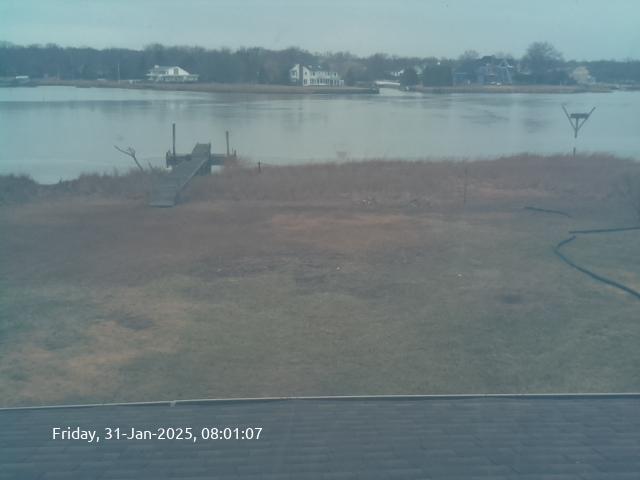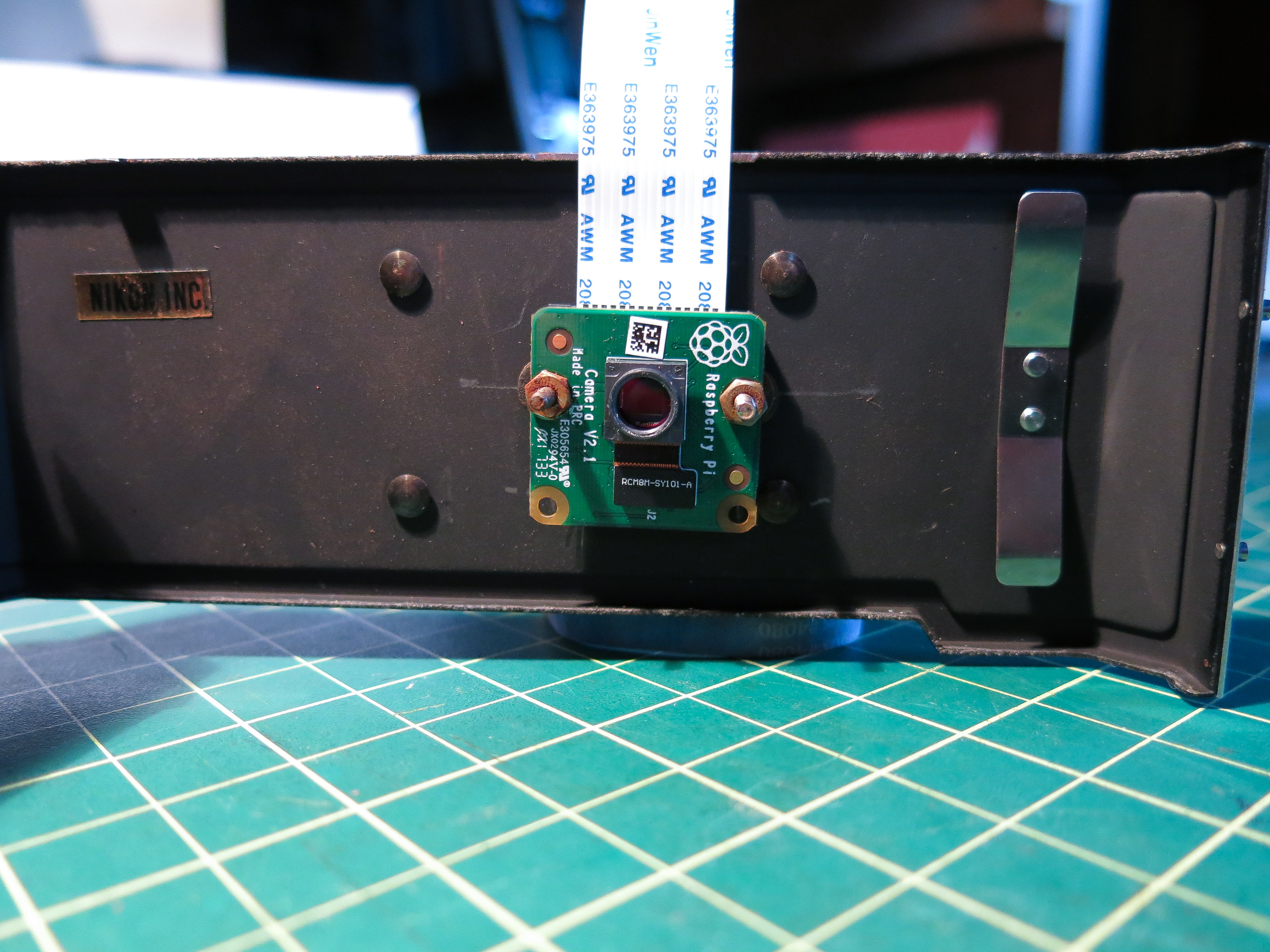This is a live video stream of an osprey nest on Little Silver Point in Little Silver, NJ. Reload the page if your video stops. Scroll down for information about the nest and site. The camera points elsewhere when the birds are not in residence.
It is quite amazing that these young birds are made entirely of dead fish.

The server had been down for some time because I neglected to forward the video-server port when I replaced my network router.
Upgraded the RPi serving the video camera.
Restarted the image server software and included automatic restart on failure. RPi serving the video not upgraded yet.
Upgraded the RPi serving the still camera.
Sometime in the past many months the video server running on the RPi would randomly stop serving after several days. There was inadequate information to diagnose the problem but, as a work around, the server is now restarted evey eight hours.
The live camera image was unavailable to Chrome users for ages, ever since Chrome began enforcing https (secure web) for all parts of a secure page. Finally converted the video server to https so it should be up again for all users.
From Woodland Trust: Female ospreys are up to 20% larger than males. This is handy if you have a pair sitting together but not so helpful if you only have one bird in view. The main useful visual clue is the bib or necklace marking on the chest. Adult females tend to have quite pronounced brown necklaces while adult males have a lighter marking, sometimes fading to virtually nothing.
From Osprey Camera Blog: A three-egg clutch takes about 6-7 days to complete; a 4-egg clutch probably 8-10. The Eastern Bay Osprey Cam has allowed precise documentation of this timing; even in one case the time of day the egg was laid. Incubation begins with the first egg, so the eggs hatch in sequence. Marked eggs typically hatch in 37-38 days.
The the camera is pointing 20° east of north. Little Silver Creek, the water in the background of the video, has a maximum fetch to the east of about 2 miles through an range of headings of 60° to 90°. Waves moving right to left are coming from this direction. Fetch to the north is about .14 miles at a heading of 90°, too small to produce any significant wave action. Maximum fetch to the west is about .5 miles at a heading of 275°. Waves from this direction are moving left to right.
The camera sensitivity is a bit less than the human eye. The video will go dark a little earlier in the evening than the nest does to the eye and the video will show again in the morning a little later than to the eye. No artificial illumination, visible or IR, will be used to avoid interference with the osprey circadian rhythm. The camera has brightness controls, which have not been explored.
We are logging nest observations in Nesting Diary at the Nest 083-A-029 page of Osprey Watch. We are no longer logging any events here.
The camera is indoors, shooting through a window - one pane in warmer months, two panes in colder months - and is about 225' away from the nest. Shooting through the window is sub-optimal and introduces some impairments in the image but fewer than would occur if the lens, camera, and computer were exposed to the elements through an open window. There is shimmering on some days depending on the air and sun conditions. This is due to atmospheric refraction from temperature differences in the air between the camera and the nest. Of course when it is raining there will be rain on the window and in the space between the camera and nest.
Regretfully there is none. The birds can be seen vocalizing and it would be great to capture it but we have no microphone, power, or wi-fi nearby.
This uses a Raspberry Pi (RPi) camera with the lens removed and mounted near the film plane of a discarded Nikon Nikkormat camera and Nikkor F-Mount 35mm camera lenses. The Nikkormat body is far more than needed but it was a quick and convenient way to use the RPi camera with Nikkor lenses and with a tripod mounting threads. I'm considering another approach using a section of PVC pipe, a Nikon lens-mounting ring on one end, the RPi camera on the other.
Near the film plane is not at the film plane - The camera sensor is slightly closer to the lens than the Nikon F-Mount Flange Focal Distance of 46.50mm. The difference can be easily accommodated by the lens focus mechanism of the longer lenses but it prevents the use of short lenses, especially an 8mm fisheye, which I once tried.
The size of the diagonal of the RPi camera sensor and a 35mm camera are 4.59mm and 43.27mm respectively yielding a equivalent focal-length ratio for a 35mm camera lens on the RPi camera of 9.41. A 200mm (35mm camera) lens has an equivalent focal length of ~1900mm. With this lens the nesting box just about fills the frame of the image and the perches on either side of the box are out of view. This is an angle of about .7 degrees for the horizontal of the image. A 85mm lens has an equivalent focal length of ~800mm. This shows the box and perches with a little margin on each side. Various focal lengths were explored before settling on a 200mm lens for best nest detail at the expense of not showing the perches and an 85mm to include the perches.
The RPi camera is connected to a Raspberry Pi 3, which presently serves the video directly to viewers through a home network. It is unclear how many simultaneous users this can support and if another approach will be necessary. Note that while the video comes directly from the RPi this web page is hosted at a cloud-based virtual server.
The nest is registered with Osprey Watch. See the Nesting Diaries section of Nest 083-A-029 for a journal of nesting activity.
There are several photos of the nest and osprey in an album at Flickr.
The design for the nesting platform came from New Jersey DEP. It is an elegant, simple design which took two people about three hours to build. The hardest part was erecting the completed nesting box/pole assembly. That took four people working at about the limit of their strength.
We use this date calculator to estimate the end of the incubation period.
Perhaps the young are already planning their winter travel.
Here are a few photos of the camera used for the live video.



